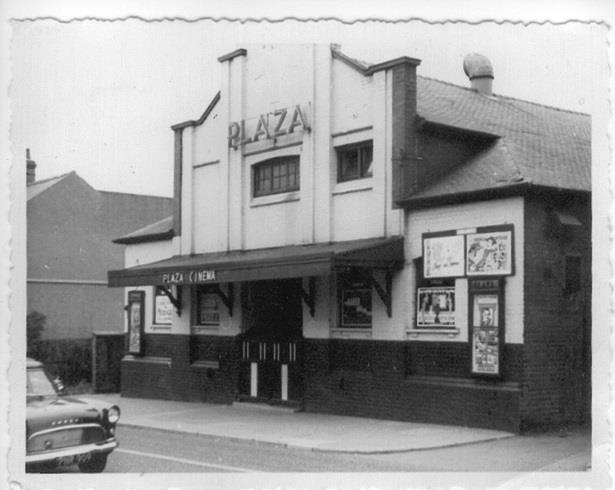Whitwick’s cinema opened in December 1914. Known as The Picture House and sited in Silver Street, the brick building with electric lighting, could seat 820. It was not only a cinema, but also a theatre with an orchestra pit, fine stage and dressing rooms behind. It introduced a world of entertainment to the village.
Films shown were in black and white and silent, with piano accompaniment. Professional and local variety shows made regular appearances. Local groups included: the Whitwick Choral Society, the Whitwick and District Male Voice Choir and Whitwick Amateur Dramatic Society. The auditorium was used for marking special occasions in the village.
Professional acts included: acrobats; illusionists and hypnotists; magicians; comedy acts; actors in a variety of plays; bands and, more surprisingly, a rodeo (with steer wrestling); Saxon Brown, the strong-man; and Rosie the elephant who had a temporary stable at The Three Crowns.
In 1925, The Picture House became The Palace. The era of silent films ended in August 1930 when “the talkies” arrived in Whitwick. Although there were fewer and fewer variety acts, films were often shown to a full house.

Whitwick’s cinema in Silver Street
The cinema’s name changed again: it became The Plaza in 1951 and this is how it is remembered by many locals. The final era began in 1963 with the introduction of Bingo on some evenings. In the 1970s, The Plaza became a Bingo Hall and no longer a cinema.
Sadly, the fascinating story of Whitwick’s cinema / theatre ended dramatically in 1982 when the building was destroyed by fire. The site was cleared and new houses erected, one of which has the name “Plaza House”.
There is an impressive archive on Whitwick’s cinema at The Old Station which includes several personal memoirs. Like other resources, it is available for perusal or research purposes.

